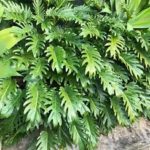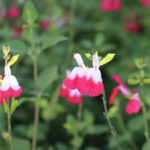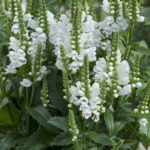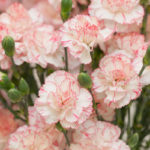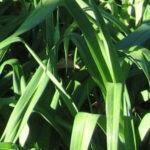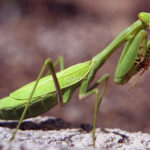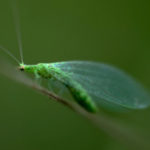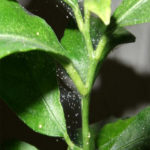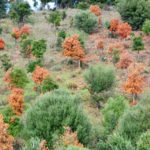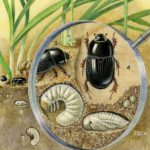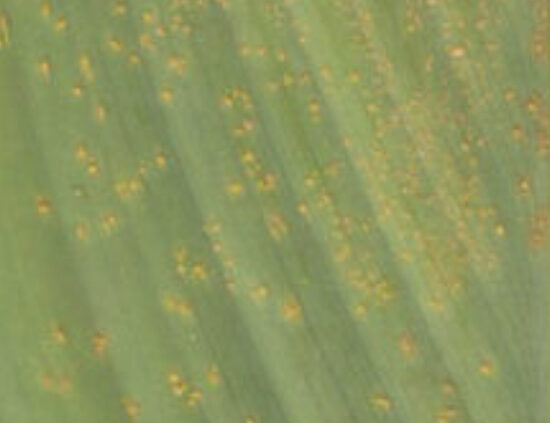
Canna Rust A Problem For Gardeners in Australia
Canna Rust: If Not Treated Can Look Unsightly
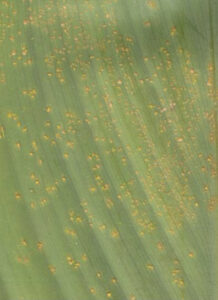 Canna rust is becoming a problem for gardeners in Australia, but do not worry the fungus is treatable. It can grow in wet and humid weather. Fungal diseases can target your cannas at any time. It is crucial to understand the risks it presents because it will spread to healthy plants through spores. We’ll look at what canna rust is in this blog post, how to fix the issue, and what you can do to avoid it.
Canna rust is becoming a problem for gardeners in Australia, but do not worry the fungus is treatable. It can grow in wet and humid weather. Fungal diseases can target your cannas at any time. It is crucial to understand the risks it presents because it will spread to healthy plants through spores. We’ll look at what canna rust is in this blog post, how to fix the issue, and what you can do to avoid it.
What Is Canna Rust and How Is It Different from Daylily Rust?
Canna rust (Puccinia thaliae) is a fungal disease only affecting canna lilies. It is characterised by orange-yellow pustules found on the undersides of the leaves, which can eventually lead to the leaves turning dry and brown and falling off with infected teliospores if not treated. Canna rust is different from daylily rust (Puccinia hemerocallidis) in that it only affects cannas and not daylilies because each type of plant with rust will have a different host plant. This is the host plant of daylilies whereas the canna host plant is unknown.
The Life Cycle of Canna Rust
The life cycle of canna rust has the same life cycle as daylily rust. It begins when the fungus produces spores on the leaves of infected plants. These spores are spread by wind or insects to other plants, where they germinate and infect the surface of wet leaves. The fungus then produces more spores, which spread the disease further to other nearby plants. Canna rust can infect a canna that has been cultivated by humans or a canna variety that’s grown in the wild.
Canna rust is most commonly found in tropical and subtropical regions but can occur at any climate location where canna plants are grown in wet conditions and at the right temperature. The best way to manage canna rust is to stop the fungus from spreading to new plants. To accomplish this, infected plant parts must be removed and destroyed. Canna rust does not live in the rhizome but it will live in the soil if you do not clean up the infected leaves by winter.
The Symptoms of Canna Rust
The disease is characterised by small, orange-red pustules that form on the undersides of leaves. These pustules eventually burst, releasing spores that spread the disease to other plants. Canna rust can sometimes cause leaves to go yellow and drop off, and it can also stunt the growth of affected plants.
Left unchecked, canna rust can quickly spread through a garden or landscape, causing extensive damage to plants.
The Treatment of Canna Rust
The treatment of canna rust in Australia is a current issue for many gardeners living in a humid environment. There are a number of ways to manage this disease, depending on the severity of the infestation.
- If the infestation is severe, the best course of action is to cut the affected plants to the ground. New plants with clean leaves will emerge. These leaves can be treated with a protective fungicide. If the infestation is mild remove only the infected leaves.
- There are a number of foliar spray fungicides available, and the best one to use will depend on the severity of the infestation. For minor infestations, non systemic contact fungicide can be used. For more severe infestations, a non-systemic and systemic fungicide together will be required for the rust to be prevented.
- Once the plants have been treated, it is important to monitor them closely for any new signs of canna rust. If the disease does reappear, the plants will need to be treated all over again.
- Treatment of Mancozeb 750 to the whole plant on both sides of the leaves once a fortnight to three weeks during the wet humid season is probably enough to prevent rust.
Tip Mancozeb 750 has no use by date this product will still work as long as it doesn’t get wet. Mancozeb 750 will protect plants from fungal diseases eg) rusts, black spot on roses and leaf spot on bearded Iris. It is a good product to have in your garden cupboard.
Prevention of Canna Rust in the Natural Way
There are a number of measures that can be taken to prevent canna rust,
- Plant the canna in full sun with lots of air movement to help avoid canna rust.
- Avoid overhead watering and only water at the base of the canna plant.
- Remove and destroy all infected plant parts and leaves with black teliospores during winter so they do not reinfect your canna plants the following season.
- Do not put infected plants into compost this will spread the fungus more.
- Applying mulch around the plants is effective.
- Practicing good hygiene in the garden by washing hands and gardening equipment.
Failing the natural treatment for canna rust you will have to apply a protective preventative fungicide to canna plants regularly during the growing season and this will solve the problem of canna rust.



